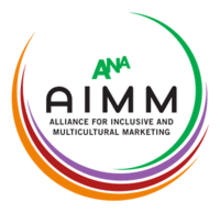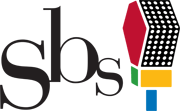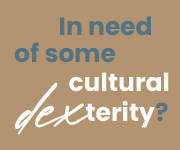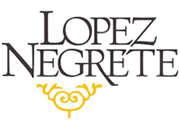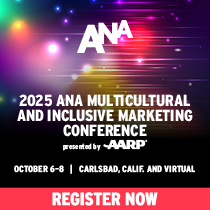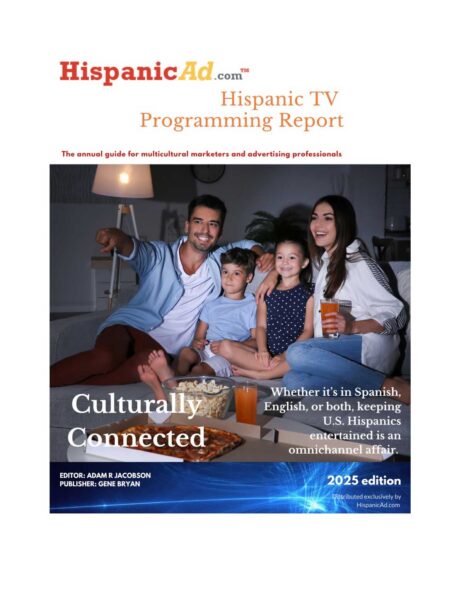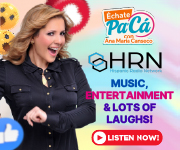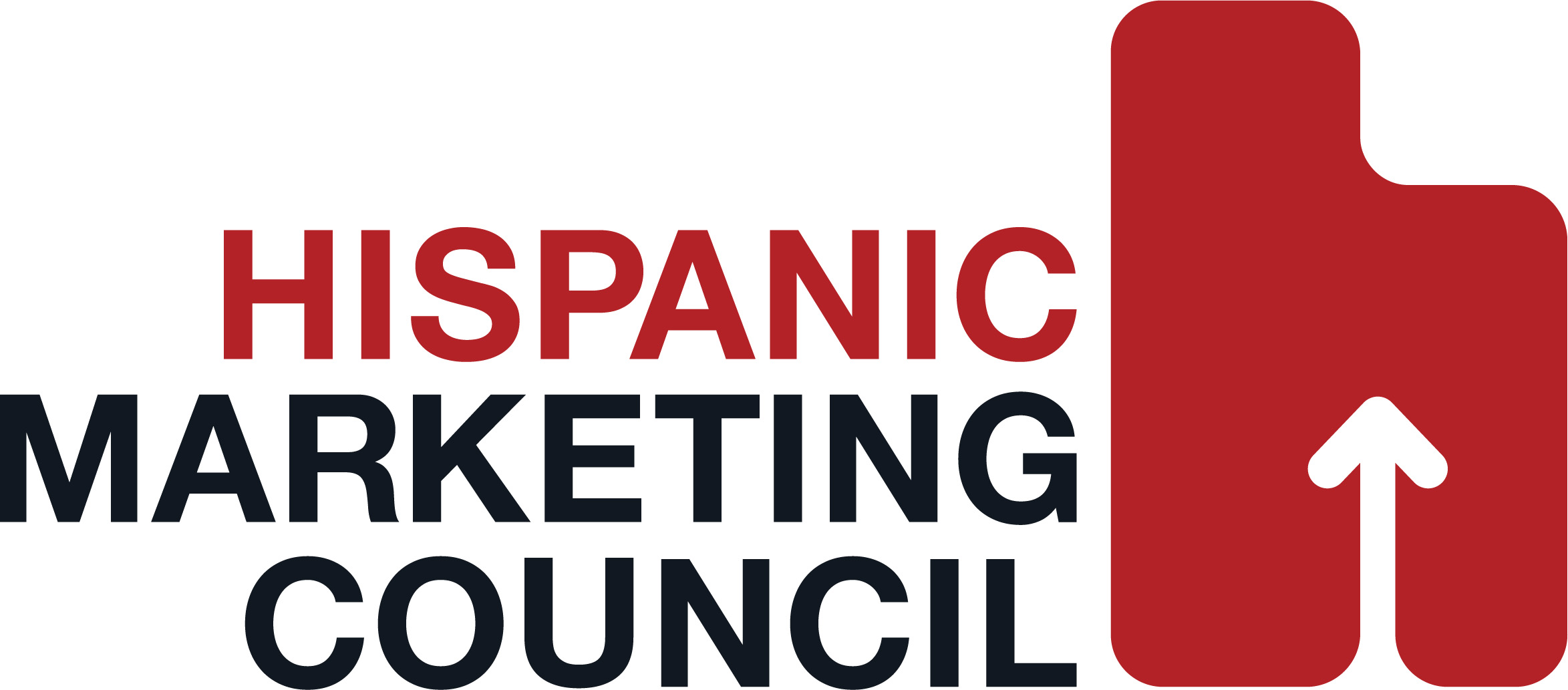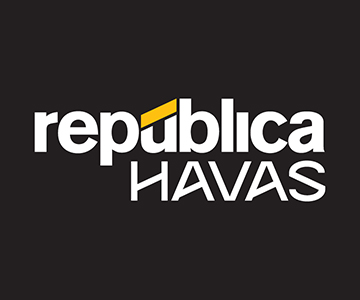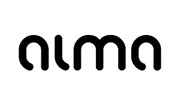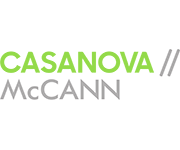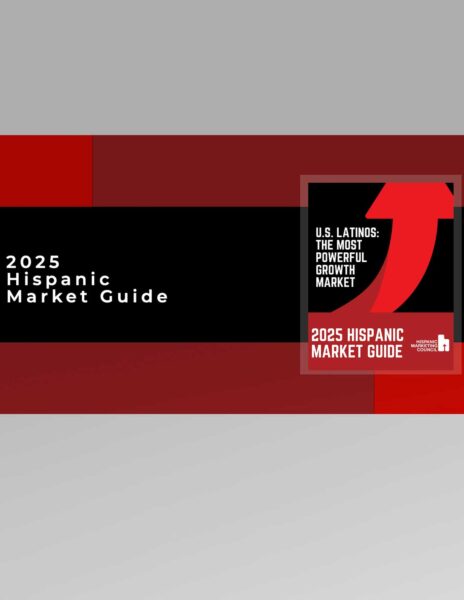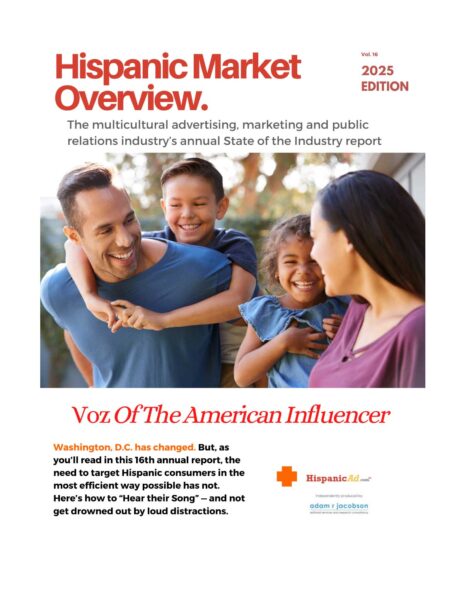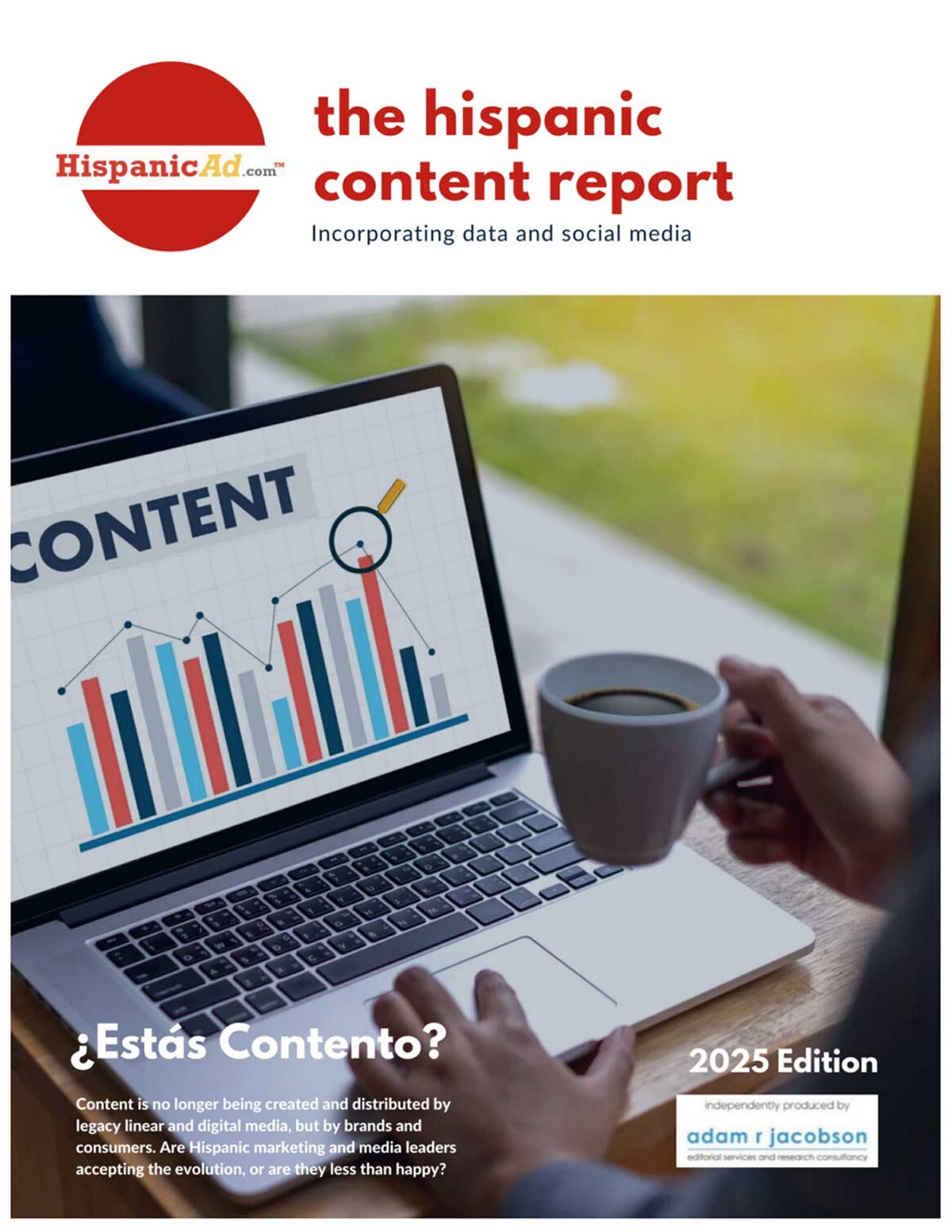HMC Unveils New Study on U.S. Hispanic Beauty and Skincare: Belleza Latina Young Latinas have shifted from high-glam ideals toward a more natural skincare approach that blends cultural heritage with global influence
October 8, 2025

Skincare is taking center stage for U.S. Latinas. According to a new Hispanic Marketing Council (HMC) study, Belleza Latina: Uncovering What’s Shaping U.S. Hispanic Beauty & Skincare, nine in 10 Latinas ages 18 to 34 say clear, healthy skin is extremely important to them. In fact, 56% say their skincare routine is a source of confidence, and nine in 10 indicate they will pass on their beauty rituals to younger family members. And, when it comes to makeup, these young women are opting for a more simplified look, but 76% tap into the Latina “beauty trinity” of defined brows, lashes, and lips.
“Young Latinas ages 18 to 34 are reshaping the beauty conversation in the U.S.,” said HMC Research Chair Nancy Tellet, founder, brand & consumer navigator at PureClarity LLC. “They are confident experts in their own right, seeking brands that not only deliver results but also reflect their cultural pride, individuality, and the full spectrum of beauty. For marketers, the message is clear: authenticity and inclusivity are not optional—they are essential.”
Key Findings
This groundbreaking research, a collaboration between HMC and Miami-based multicultural advertising and public relations agency CCOM GROUP, finds that Latinas are reshaping beauty by blending cultural traditions with modern science, embracing authenticity, and demanding results-driven products that reflect both their individuality and their cultural heritage, revealing powerful implications for the $90+ billion U.S. beauty industry.
From Producida to Natural Confidence
For generations, Latina beauty was often associated with being producida—polished and fully made-up. Today’s Zillennial Latina embraces a different standard: highlighting unique features and embracing skincare and makeup as daily rituals of self-care and confidence-building.
- 62% of Latinas aspire most to a natural look, while just 13% prefer bold glam.
- 72% say they leave home without makeup, a departure from older generations.
- “It’s about looking natural, clean, and authentic – not overdone,” explained one second-generation respondent from Chicago.
Latina Tradition Meets Modern Beauty
Young Latinas take what their mothers and abuelas taught them and add ingredients that are both “dermatologist-tested/recommended” and cleaner, non-toxic formulas. They are trying to balance results with good-for-you ingredients.
- 89% agree the expression of Latina beauty is part of their cultural identity,
- 73% use traditional beauty ingredients such as aloe vera, coconut oil, and rosewater—ingredients passed down from previous generations—but they use them in modern formulations. No more DIY!
- 76% wear makeup that focuses on the traditional Latina “beauty trinity” of defined brows, lashes and lips.
The Rise of the Latina Beauty Micro-Influencer
Armed with social media, product reviews, and cultural wisdom, young Latina consumers see themselves as savvy beauty experts. As they carefully balance generational advice with modern science, these young Latinas are elevating the voices they trust most: micro-influencers. More than any other type of tastemaker, relatable micro-influencers drive real trial and purchase intent by sharing honest routines and results.
- Eight in ten Latinas follow beauty trends online, with “Get Ready with Me” videos cited as the most influential content.
- 76% say they educate older relatives on modern skincare practices, and 85% identify as “beauty brand explorers,” eager to experiment with new products.
Skin Tribes and Global Inspiration
Community plays a powerful role. Latinas gravitate toward “skin tribes”—people with similar tones, conditions, and cultural backgrounds—finding authenticity in shared experiences. While cultural inheritance remains central, inspiration often comes from non-European beauty standards, particularly the Korean ideal of flawless or “glass skin,” African American traditions for moisturization, and Indian practices for brows.
- Eight in 10 Latinas consider a beauty brand and actively look for cues indicating the brand culturally & authentically understands both uniquely Latina needs & those of all people of color.
- 60% say it’s more important for brands to authentically “get” all people of color (including Latinas.
- Only 35% believe “most of the beauty industry” delivers product needs & information for non-Hispanic people of color.
- “I’m looking for … what works for people that have similar skin texture, skin tone, the same problems that I have,” said one respondent. “Not because we’re all Latino, we’re all going to have the same problem.”
The Retail Experience Still Matters
Despite the rise of e-commerce, brick-and-mortar remains especially vital for young Latinas in the beauty category. In-store advisors, inclusive displays, and product sampling are often the final push to purchase. Yet participants noted a lack of Latina representation in stores and expressed a strong desire for more access to retail in their communities.
- 56% of Latinas prefer in-store beauty shopping.
- For 87%, shopping is a social experience shared with friends and family, with Sephora and Ulta advisors and product sampling serving as critical decision-making moments.
When it comes to social media, TikTok & Instagram are used most often to interact with beauty content and buy beauty products—in fact, 74% of U.S.-born Latinas say they share or re-post beauty videos with others compared to only 46% of foreign-born Latinas. Amazon reigns as the destination for online beauty shopping.
Implications
The message for brands is clear: Latina beauty is not a niche. Latinas are category leaders who buy often, set trends, and remain loyal to brands that deliver. To win their trust, brands must:
- Deliver real results with products designed for diverse tones, textures, and skin needs.
- Reflect genuine inclusivity in campaigns, packaging, and retail environments – beyond the Latina segment.
- Partner with relatable micro-influencers and carefully chosen celebrity voices.
- Create opportunities for education, sampling, and immersive in-store experiences, that marry on-site beauty advisor relationships with storytelling that highlights product efficacy and ingredients.
Methodology
HMC’s Belleza Latina surveyed 500 Hispanic females ages 18–34 across California, Texas, New York, Illinois, and Florida, with both qualitative friendship-pair sessions and quantitative surveys. The study examined cultural inheritance, social influences, ingredient preferences, and brand expectations shaping Latina beauty practices.
About HMC: Founded in 1996 as the Association of Hispanic Advertising Agencies, the Hispanic Marketing Council is the national trade organization of all marketing, communications, and media firms with trusted Hispanic expertise. For more information, visit hispanicmarketingcouncil.org and follow HMC on Linked in, Facebook and Instagram at @hmchispanic.



